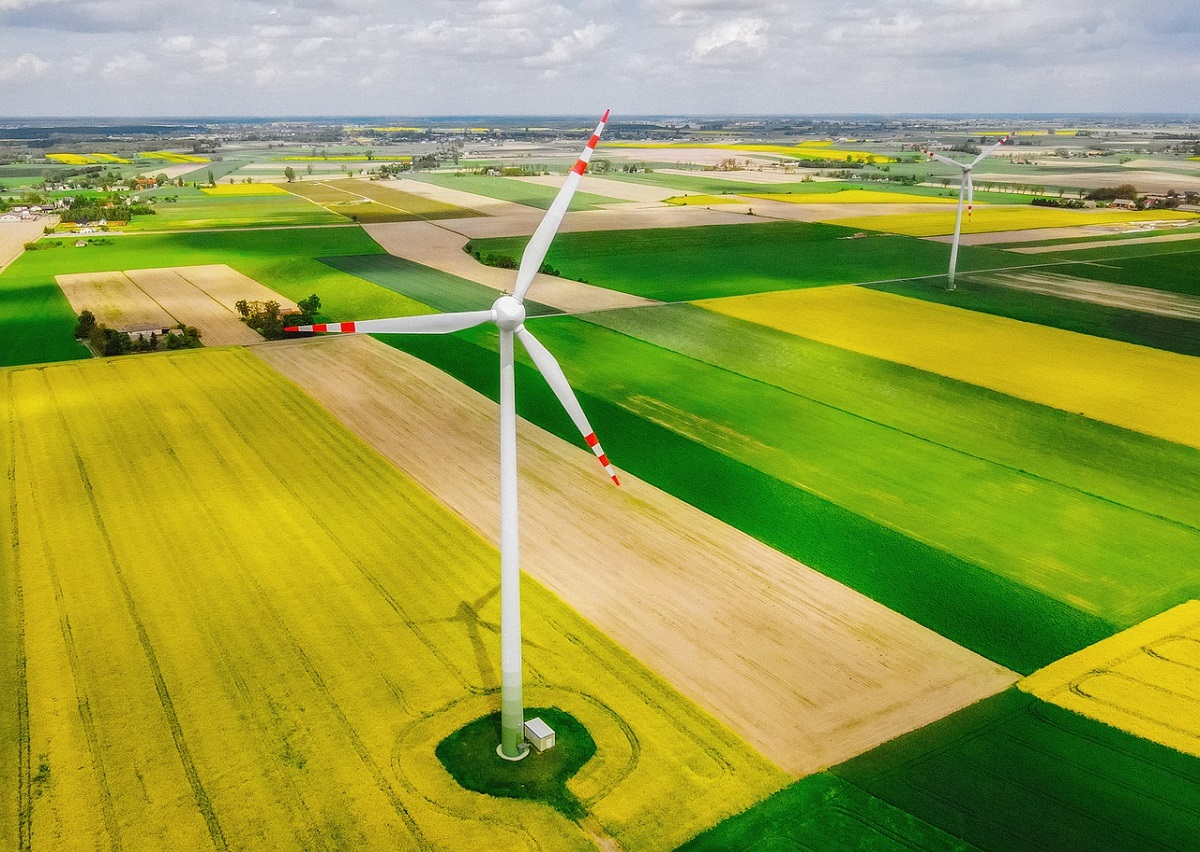Increasing the capacity of wind farms can save the planet from the climate crisis, specialists from the Global Wind Energy Council (GWEC) noted in their last report.
The study’s authors emphasized that the last two years have successfully introduced new wind projects. In 2020, capacities increased by a record 95.3 gigawatts, and in 2021 a little less – by 93.6 gigawatts.
The power of all wind turbines on the planet at the same time has reached 837 gigawatts, the experts noted in the report. GWEC blamed China and the United States for reducing the number of wind turbines.
Beijing has canceled incentives to install wind turbines, and the construction of US power plants has been affected due to the COVID-19 pandemic, as well as problems with supply chains.
As the wind energy sector is currently on the rise, experts have also called for a dramatic increase in the production of wind turbines needed to achieve carbon neutrality.
“At current installation rates, by 2030 we will have less than two-thirds of the wind power capacity needed to keep global warming below 1.5 degrees Celsius and achieve carbon neutrality, effectively dooming us to failing our climate goals,” the specialists said in the report.
They added that installations must quadruple every year to achieve carbon neutrality by 2050.
“The events of the past year, which have left economies and consumers worldwide facing extreme fossil fuel price volatility and high prices, are symptomatic of a hesitant and erratic transition to green energy,” said GWEC CEO Ben Backwell.
According to him, Russia’s war in Ukraine revealed the consequences of dependence on fossil fuel imports for energy security. He added that the last 12 months should serve as a huge wake-up call to move forward decisively and switch to renewable energy.
In 2016, 175 countries signed the Paris Agreement to keep global average temperatures from rising above 1.5 degrees Celsius above pre-industrial levels.
According to the UN, to contain global warming at this level, greenhouse gas emissions must be reduced by 45 percent by 2030 and brought to zero by 2050.

